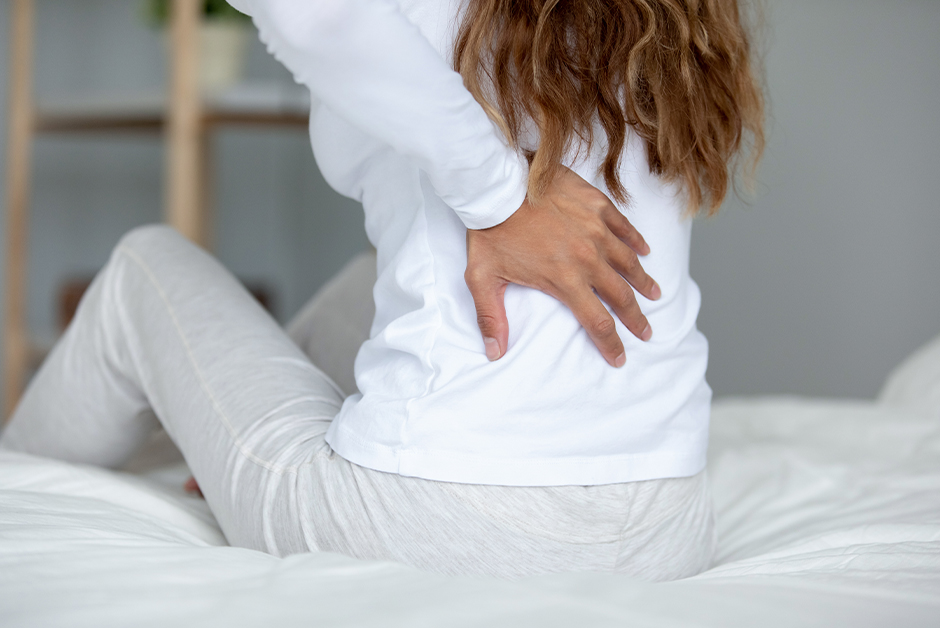About Acute Low Back Pain
Acute low back pain typically develops after a strenuous or jarring event, but may also present without any clearly related activity. An acute episode lasts for up to six weeks in patients without a history of complaints to the affected region, and symptoms can vary significantly between patients. The pain can be diffuse or focal and can feel like burning, a sharp discomfort, or a dull ache. The onset may be sudden but can also develop over a more extended period and may fluctuate in severity. Some cases will resolve spontaneously without additional care, but others require corrective procedures to restore function and alleviate discomfort.
Lower back pain is an exceedingly common complaint and will affect an estimated 80% of adults significantly at least once in their lifetime. A plethora of remedies exists of varying efficacy, but advanced understandings of underlying mechanics have revolutionized modern management. In most cases, conservative options will be adequate to restore comfort and promote healing. It will take about two weeks to completely recover in about 50% of cases, and 80% resolve by week six. Unfortunately, as much as 30% of cases will go on to become chronic in nature.
About Acute Low Back Pain
Acute low back pain typically develops after a strenuous or jarring event, but may also present without any clearly related activity. An acute episode lasts for up to six weeks in patients without a history of complaints to the affected region, and symptoms can vary significantly between patients.
The pain can be diffuse or focal and can feel like burning, a sharp discomfort, or a dull ache. The onset may be sudden but can also develop over a more extended period and may fluctuate in severity. Some cases will resolve spontaneously without additional care, but others require corrective procedures to restore function and alleviate discomfort.
Lower back pain is an exceedingly common complaint and will affect an estimated 80% of adults significantly at least once in their lifetime. A plethora of remedies exists of varying efficacy, but advanced understandings of underlying mechanics have revolutionized modern management.
In most cases, conservative options will be adequate to restore comfort and promote healing. It will take about two weeks to completely recover in about 50% of cases, and 80% resolve by week six. Unfortunately, as much as 30% of cases will go on to become chronic in nature.
PAIN THAT COMES AND GOES
LOW BACK PAIN IS OFTEN ASSOCIATED WITH RADIATING LEG PAIN
PAIN MAY PRESENT AS A DULL, SHARP, PIERCING, OR BURNING SENSATION
PAIN MAY STAY IN ONE PLACE OR RADIATE TO OTHER AREAS, SUCH AS THE FRONT, SIDES, BACK, AND LEGS

Is acute low back pain dangerous?
Generally, most processes involved in acute cases are benign, however, rarely an underlying pathology may be involved. These cases are prone to occur in individuals over the age of 50, and may include cancer or infectious etiologies. Symptoms to watch out for include fever, severe pain at rest, severe pain in the legs, bladder or bowel problems, or pain lasting more than six weeks, among others. In these situations, medical evaluation is strongly recommended.

Is acute low back pain dangerous?
Generally, most processes involved in acute cases are benign, however, rarely an underlying pathology may be involved. These cases are prone to occur in individuals over the age of 50, and may include cancer or infectious etiologies. Symptoms to watch out for include fever, severe pain at rest, severe pain in the legs, bladder or bowel problems, or pain lasting more than six weeks, among others. In these situations, medical evaluation is strongly recommended.
How is acute low back pain managed?
Management of low back pain usually involves continuing with normal daily activities, though modifications are sometimes required to minimize pain or exacerbation of injury. The temptation is often to limit entirely usage of the painful structures, but this can lead to maladaptive behaviors, and will slow the healing process. Movement pumps blood flow over injured regions, and supports them with crucial healing factors. Pain can also be further managed with NSAIDs or other pain relievers, and warm or cold compresses.
For acute and sometimes chronic pain primarily in the back or neck it’s very reasonable to seek care from one of our spine physical therapists. For many insurances, referrals are not required. Dr. Paul’s team works closely with the therapists. They often facilitate referrals to Dr. Paul and his spine surgery partners.
![dr ronjon paul md (1020x681px) - how is [condition] managed? https://paulspine.com/wp-content/uploads/2021/01/dr-ronjon-paul-md-1020x681px-how-is-condition-managed.jpg](https://paulspine.com/wp-content/uploads/2021/01/Dr-Ronjon-Paul-MD-1020x681px-How-is-condition-managed.jpg)
![dr ronjon paul md (1020x681px) - how is [condition] managed? https://paulspine.com/wp-content/uploads/2021/01/dr-ronjon-paul-md-1020x681px-how-is-condition-managed.jpg](https://paulspine.com/wp-content/uploads/2021/01/Dr-Ronjon-Paul-MD-1020x681px-How-is-condition-managed.jpg)
How is acute low back pain managed?
Management of low back pain usually involves continuing with normal daily activities, though modifications are sometimes required to minimize pain or exacerbation of injury. The temptation is often to limit entirely usage of the painful structures, but this can lead to maladaptive behaviors, and will slow the healing process. Movement pumps blood flow over injured regions, and supports them with crucial healing factors. Pain can also be further managed with NSAIDs or other pain relievers, and warm or cold compresses.
For acute and sometimes chronic pain primarily in the back or neck it’s very reasonable to seek care from one of our spine physical therapists. For many insurances, referrals are not required. Dr. Paul’s team works closely with the therapists. They often facilitate referrals to Dr. Paul and his spine surgery partners.
About Physical Therapy
![dr ronjon paul md (1020x681px) - how is [condition] diagnosed? https://paulspine.com/wp-content/uploads/2021/01/dr-ronjon-paul-md-1020x681px-how-is-condition-diagnosed.jpg](https://paulspine.com/wp-content/uploads/2021/01/Dr-Ronjon-Paul-MD-1020x681px-How-is-condition-diagnosed.jpg)
How is acute low back pain diagnosed?
The diagnostic modality of choice is x-ray imaging to give the physician a full view of the back structures, though in many cases imaging is not even required. A doctor can usually make the diagnosis with only the physical examination and patient history, but in some cases further diagnostics will be ordered to exclude more concerning possibilities. The primary goal of treatment acute low back pain is recognized is to resolve the episode as quickly as possible and return the patient to prior functioning.
![dr ronjon paul md (1020x681px) - how is [condition] diagnosed? https://paulspine.com/wp-content/uploads/2021/01/dr-ronjon-paul-md-1020x681px-how-is-condition-diagnosed.jpg](https://paulspine.com/wp-content/uploads/2021/01/Dr-Ronjon-Paul-MD-1020x681px-How-is-condition-diagnosed.jpg)
How is acute low back pain diagnosed?
The diagnostic modality of choice is x-ray imaging to give the physician a full view of the back structures, though in many cases imaging is not even required. A doctor can usually make the diagnosis with only the physical examination and patient history, but in some cases further diagnostics will be ordered to exclude more concerning possibilities. The primary goal of treatment acute low back pain is recognized is to resolve the episode as quickly as possible and return the patient to prior functioning.








